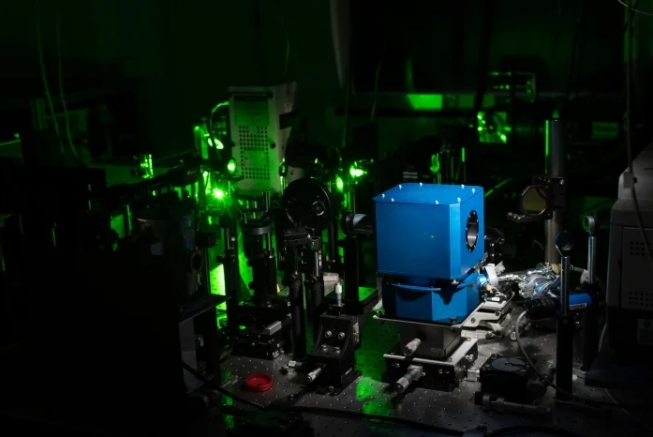
Superconductivity is a phenomenon in which the electrical resistance of a material becomes zero when a certain metal or compound is cooled. Since 1911, when superconductivity was discovered, superconductivity occurred at low temperatures and occurred in an environment of -23 degrees Celsius. However, by a research team at the University of Rochester, it was found that superconductivity occurs even at room temperature.
In a study published by the research team, it succeeded in a room temperature superconductivity experiment at room temperature of 15 degrees Celsius. Prior to this discovery, it was discovered that lanthanum hydride, which succeeded in superconducting at -23°C by raising the temperature of superconductivity in compounds such as hydrogen sulfide and lanthanum hydride, becomes superconducting under an ultra-high pressure of 170 GPa. A common atom that tends to become superconducting at high temperatures was hydrogen, the lightest element in nature.
The researchers said that in order to realize superconductivity in a non-low temperature environment, strong chemical bonds and light atoms were required. One of the strong bonds is hydrogen bonds, and it is the lightest hydrogen. However, hydrogen as a gas is an insulator, and to make it a superconducting material, it must solidify under high pressure. The research team conducted experiments with carbonaceous sulphur hydride, which synthesized hydrogen, carbon and sulfur, and found that superconducting conditions can be realized in an environment of 15 degrees Celsius and a pressure of 270 GPa.
The research team explained that although materials with excellent properties such as superconductivity were limited by low temperatures, this discovery would break the barrier of low temperatures and provide many potential application opportunities. However, the size of the material that generates superconductivity at room temperature is 25 to 35 micrometers, and the pressure at which small superconductivity is generated is very high, so it will take a long time to use this discovery as a practical technology. The research team says the next task is to adjust the material composition to reduce the required pressure. Related information can be found here .


















Add comment